What kind of layers do you need when you go snowboarding or skiing?
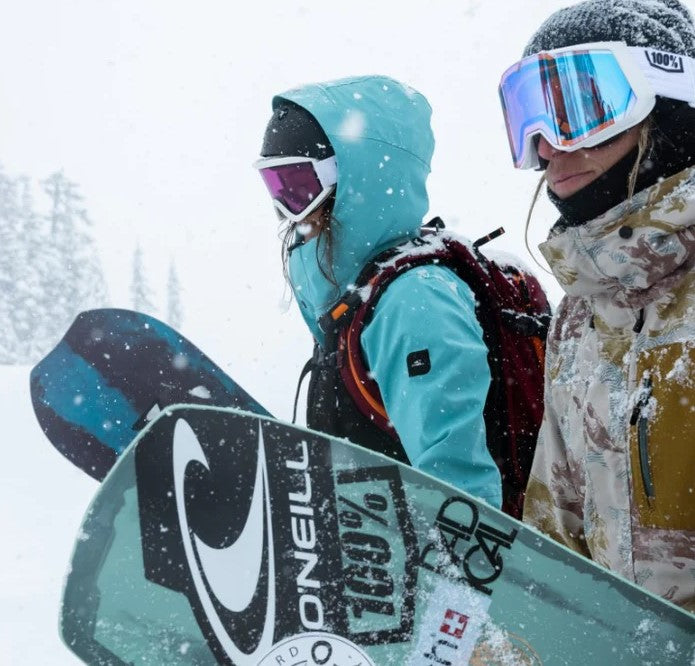

Layering is a proven concept for staying warm and dry on the slopes. Each layer of clothing has its own purpose, and by adding or removing layers during the day, you can easily adjust to changing weather conditions. A basic layering system for skiing or snowboarding consists of a base layer that wicks away moisture, an insulating mid layer, and an outer shell that blocks out wind, snow and water. This means you should wear at least three layers while snowboarding and skiing.
You can use the same basic layers for skiing and snowboarding. The sports are very similar in terms of intensity and are carried out in the same weather conditions. What matters more is what type of snowboarding or skiing types you prefer. If you head into the backcountry and have to hike a lot, you might need different layers than if you spend your days on the slopes or in the park. There isn’t a difference in ski and snowboarding layers for men and women.
There are three types of layers for ski and snowboarding: Base layers, Mid layers and Outer layers.
A good snowboarding or ski base layer should wick away sweat from your skin. When your sweat has nowhere to go, you will get wet and, eventually, cold. Therefore, your base layer (also called first layer) should be made from materials with moist-wicking qualities. Think of wool, nylon and other synthetic materials. Avoid cotton. Cotton absorbs moisture and instantly loses all of its insulating properties when it gets wet. A base layer should fit rather tightly around the body, without restricting your movements. The first layer usually consists of a thermal long-sleeve top and thermal leggings, but you can also opt for a full suit or onesie. Depending on the season you are riding in, choose for a thinner or thicker base layer.
Your middle layer is the one that traps your body heat. It is also the layer that keeps you flexible to adapt to changing weather conditions. By adding or losing pieces you are ready for any condition. When it is freezing, your second layer can actually be more than just one layer, while in warmer spring conditions, you might not need an insulating layer at all. The mid layer should be insulating and breathable. Besides that, you want it to be lightweight and packable to fit in your backpack. Often-used mid layers for skiing and snowboarding are long sleeve fleece or wool shirts and packable down jackets. Usually, you don’t need a mid layer for your legs. This is only necessary in the coldest of conditions. Make sure your mid layer comfortably fits under your jacket and doesn’t restrict you in your movement.
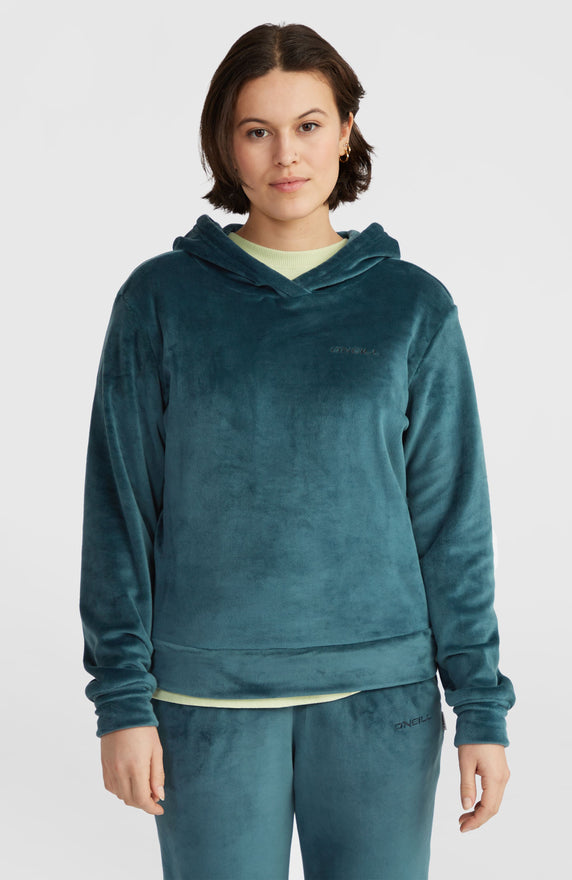
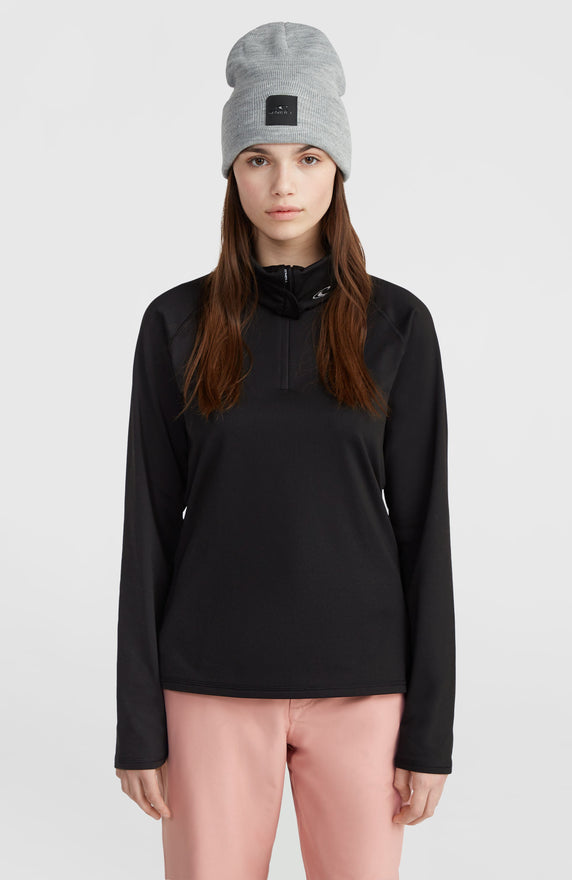



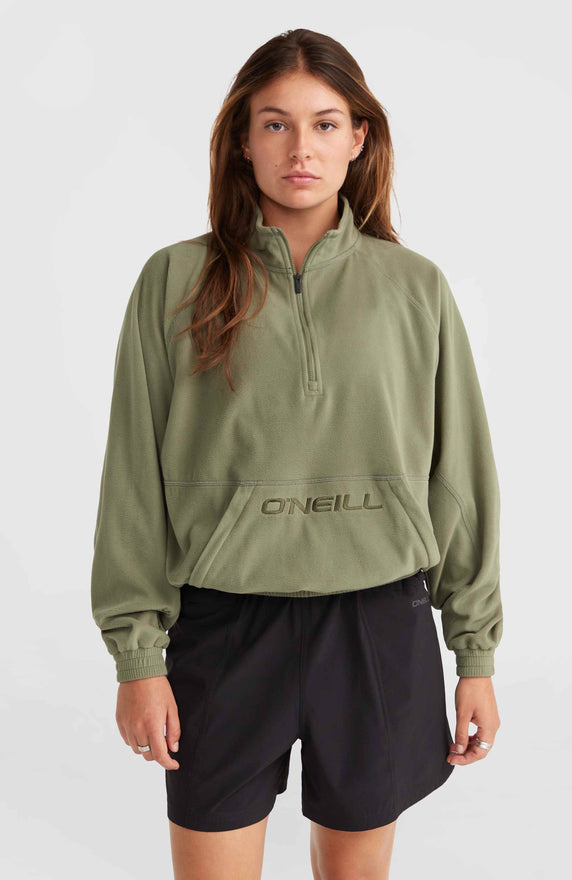








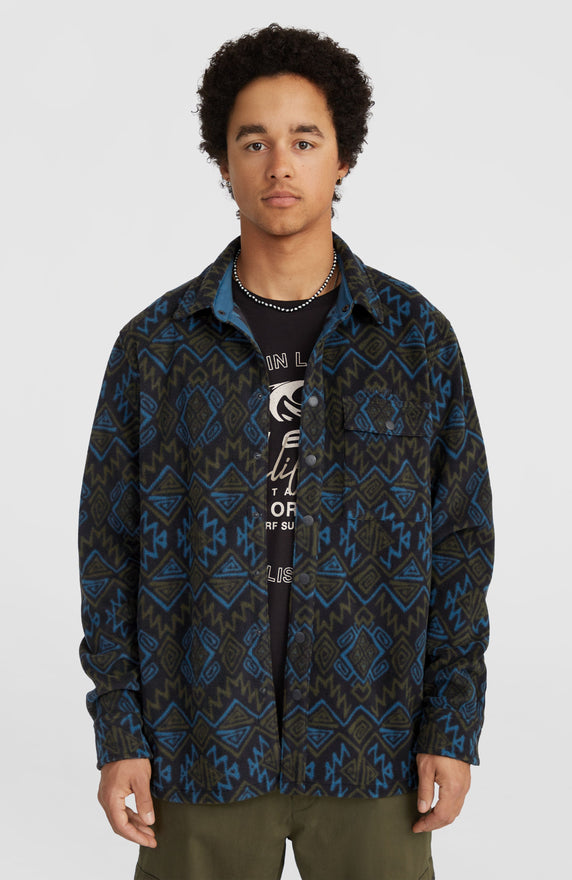




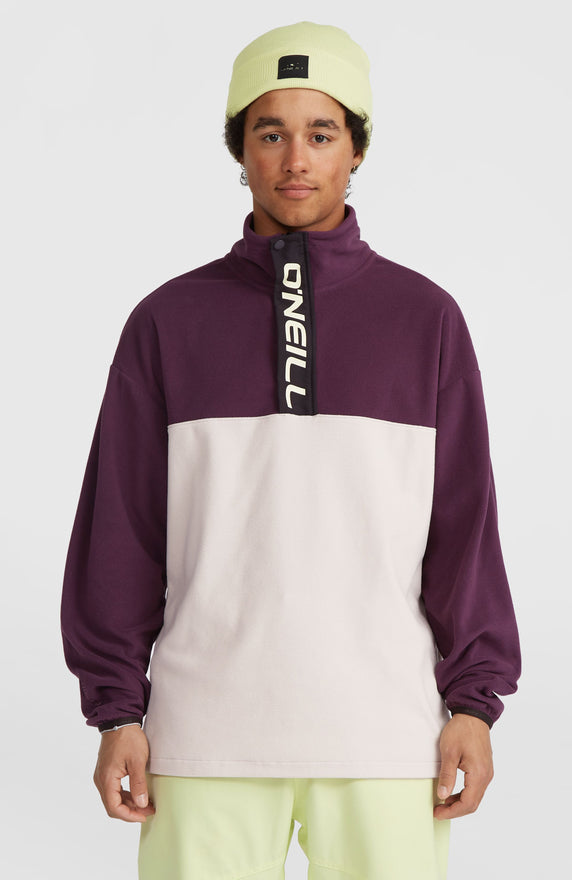
The last layer of your layering system is the outer layer or shell layer. This layer has the serious task of blocking out the elements to let the other layers do their job. The outer shell should not only be windproof and waterproof, but also breathable. This way, moisture is able to evaporate. Look for snowboard and ski jackets and pants with solid waterproofing and breathability – preferably a waterproof rating of 10K or higher and a breathability rating of 8K and above. If you are looking for top of the line performance, go for a jacket and pants featuring 20K/20K or even 30K/30K membranes, and choose a bib pant for extra coverage. Many ski and snowboard jackets are also insulated. This isn’t a problem if you are riding in colder conditions. In warmer conditions however, you can get too hot. For those conditions, you can choose a non-insulated jacket or a jacket where the insulation can be zipped out.
Once you have tried a basic layering system, you can find out what works best for you. Figure out what materials you like and how many layers you need for snowboarding and skiing in different conditions. Remember that you can always add, shed and replace layers to adjust to the conditions. Have fun and stay toasty!
Our ski- & snowboard products were developed in cooperation with our top athletes. This allows us to continually improve our products and strive for the best product possible. Would you like to know more about these collaborations?Check out our Team O'Neill page!
Be the first one to know all the latest news and exclusive offers!
*valid for new members only.
Heads up, your cart will expire in 10 minutes
0 comments